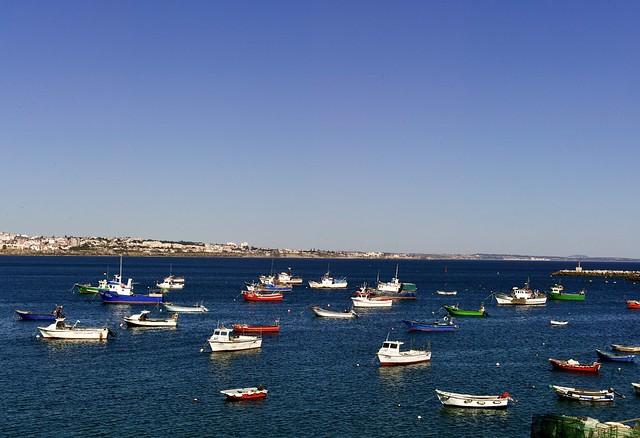Ogra
Overview
Overview of Ogra
Ogra is a charming village located in Mureș County, Romania, that offers visitors a glimpse into the rich tapestry of Romanian rural life. Nestled amidst rolling hills and lush landscapes, Ogra is characterized by its serene atmosphere and the warmth of its people. The village is primarily inhabited by a mix of Romanian and Hungarian communities, which contributes to its unique cultural blend. As you wander through its streets, you'll experience a harmonious coexistence of traditions, customs, and languages that reflect the historical influences of the region.
Cultural Heritage
Ogra is adorned with traditional Romanian and Hungarian architecture, featuring picturesque houses with colorful facades and wooden details. The local culture is vibrant, showcasing folk traditions through music, dance, and crafts. Visitors have the opportunity to participate in various local festivals throughout the year, where traditional music fills the air, and locals don their traditional costumes. The village is also known for its artisanal crafts, including pottery and textile weaving, providing a wonderful opportunity to purchase unique souvenirs that embody the essence of the region.
Historical Significance
The history of Ogra can be traced back to ancient times, with archaeological findings indicating human presence in the area for millennia. The village has witnessed various historical events, including the influence of the Austro-Hungarian Empire, which left a significant mark on the cultural landscape. Nearby, remnants of old fortifications and churches tell the story of Ogra's past, with the 18th-century Evangelical Church being a notable landmark. This church, with its striking architecture and intricate interiors, serves as a testament to the village's historical and religious significance.
Natural Surroundings
Ogra's natural environment is another highlight, as it is surrounded by breathtaking landscapes that invite exploration. The rolling hills and nearby forests are perfect for hiking, cycling, and nature walks, allowing travelers to immerse themselves in the stunning Romanian countryside. The region is also rich in biodiversity, making it an ideal spot for birdwatching and observing local wildlife. In the warmer months, the vibrant colors of wildflowers create a picturesque backdrop, while autumn transforms the landscape into a canvas of warm hues.
Local Gastronomy
Food is an integral part of Ogra's culture, and visitors are treated to an array of delicious local dishes that reflect the culinary traditions of both Romanian and Hungarian cuisines. Traditional meals often feature hearty stews, fresh bread, and locally sourced ingredients, with an emphasis on seasonal produce. Be sure to try "sarmale" (cabbage rolls) and "gulyás" (goulash), two dishes that embody the flavors of the region. Additionally, local wines and spirits, produced from nearby vineyards, offer a delightful complement to any meal.
Community Life
The community spirit in Ogra is palpable, as locals take pride in their traditions and work together to preserve their heritage. Visitors are often welcomed with open arms, and there are opportunities to engage with the community through workshops, cooking classes, and cultural exchanges. This intimate interaction allows travelers to gain a deeper understanding of the local way of life and fosters meaningful connections that transcend cultural barriers.
Ogra offers a delightful escape for those seeking to experience the authentic essence of Romania. With its rich cultural heritage, historical significance, and breathtaking natural surroundings, this hidden gem in Mureș County is sure to leave a lasting impression on every traveler.
Other towns or cities you may like in Romania
Explore other cities that share similar charm and attractions.



